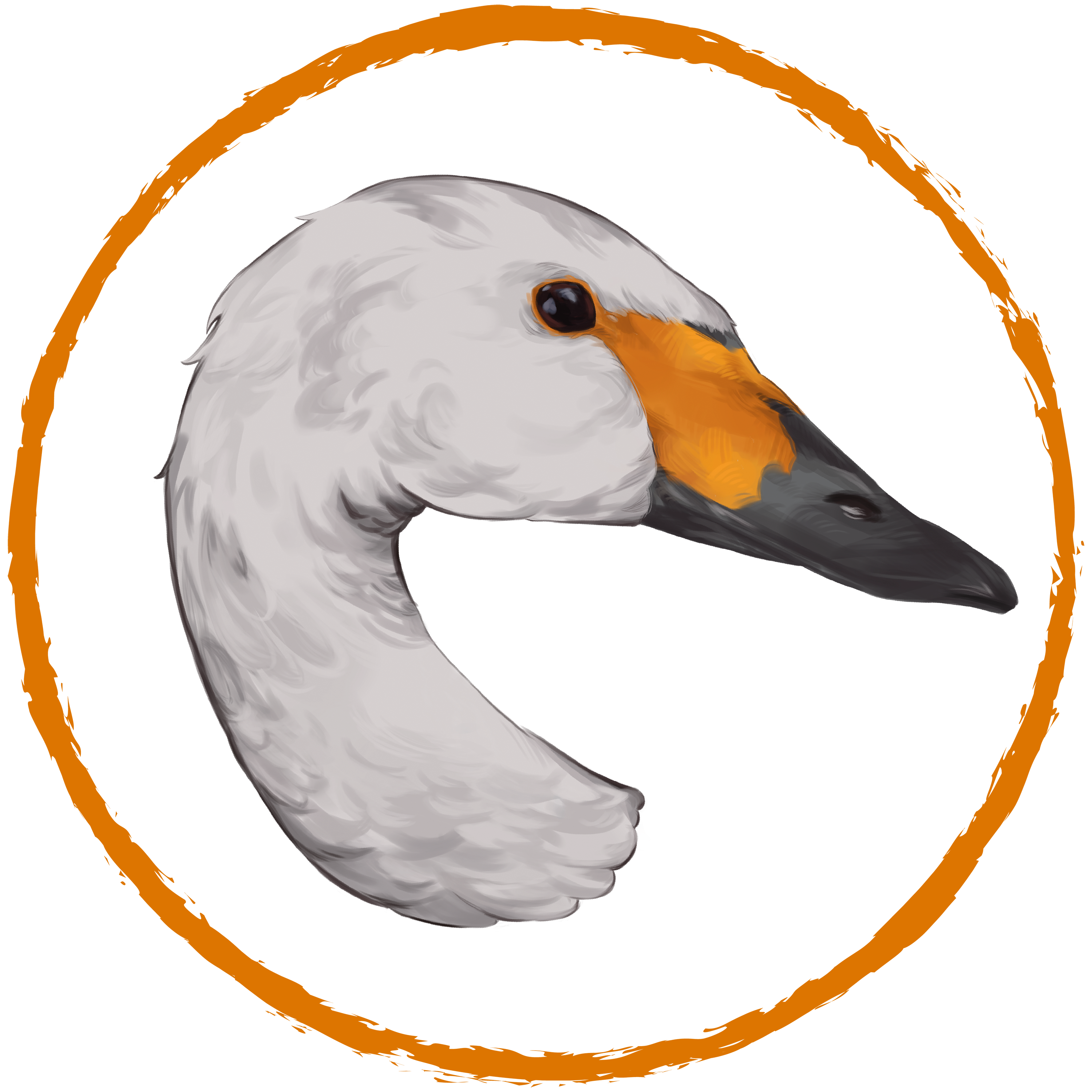Reporting Dead Finds
Reporting dead swans can make an important contribution to research. Information about the location (e.g. power line, wind turbine) or the circumstances of the find can help to draw conclusions about the potential hazards of certain structures.
Unfortunately, many dead finds are missing their heads, as predators often attack these first. This makes correct species identification difficult. In such cases, it may be possible to distinguish between Bewick’s Swan and Whooper Swan by measuring the wing length (see description below).
Found a dead or injured swan?
If you would like to report a dead swan, you can do so either directly via the website ornitho.de using the dead-find tool, or by sending us an email.
On the DDA website you will find a detailed guide to the dead-find tool here; you can also use the NaturaList app. In both cases, prior registration is required.
When reporting to us via info@zwergschwan.de, please include the following details:
- Date of find
- Location of find
- Is a natural (disease, predation) or human cause identifiable?
- Does the bird show injuries? If so, which?
- Is the bird lying under/near a power line or wind turbine?
- Is the bird lying on or beside a road? Could a collision with a vehicle be assumed? If so, which type if possible?
- A photo helps us assess the species and location and may provide clues about the cause of death.
Identification by Wing Length
Measuring the wing length can help distinguish between the swan species occurring here (Bewick’s, Whooper, and Mute Swan).
When working with dead birds, wearing gloves is recommended.
Procedure: The bird remains lying on the ground. The carpal joint is fixed, and the primaries are pressed down onto a ruler/tape measure. By applying slight pressure against the side of the carpal joint, the curvature of the wing can be gently flattened. Smooth the primaries so that they are roughly parallel to the measuring scale. Measure the distance between the carpal joint and the tip of the longest primary feather. The wing should remain in a natural position while measuring, as otherwise the result will be distorted. The tip of the wing must also be intact, as broken feather tips will falsify the measurement.
On average, the wing length of Whooper and Mute Swans is about 60 cm, and about 50 cm for Bewick’s Swan.
Bewick's Swan
Whooper Swan
Mute Swan
| Wing length (adult) | 508,7 ± 20.6 mm | 598,5 ± 21.7 mm | 583,2 ± 56 mm |
| Range | 483–549 mm | 578–639 mm | 532–640 mm |
| Sample size | N = 53 | N = 168 | N = 305 |
- Flügellänge: British Trust for Ornithology
Espin, Silvia, Antonio García-Fernández, Dorte Herzke, Richard Shore, Bert van Hattum, Emma Martínez-López, Michael Coeurdassier, u. a. 2016. Sampling and contaminant monitoring protocol for raptors. https://doi.org/10.13140/RG.2.1.2714.8564.



